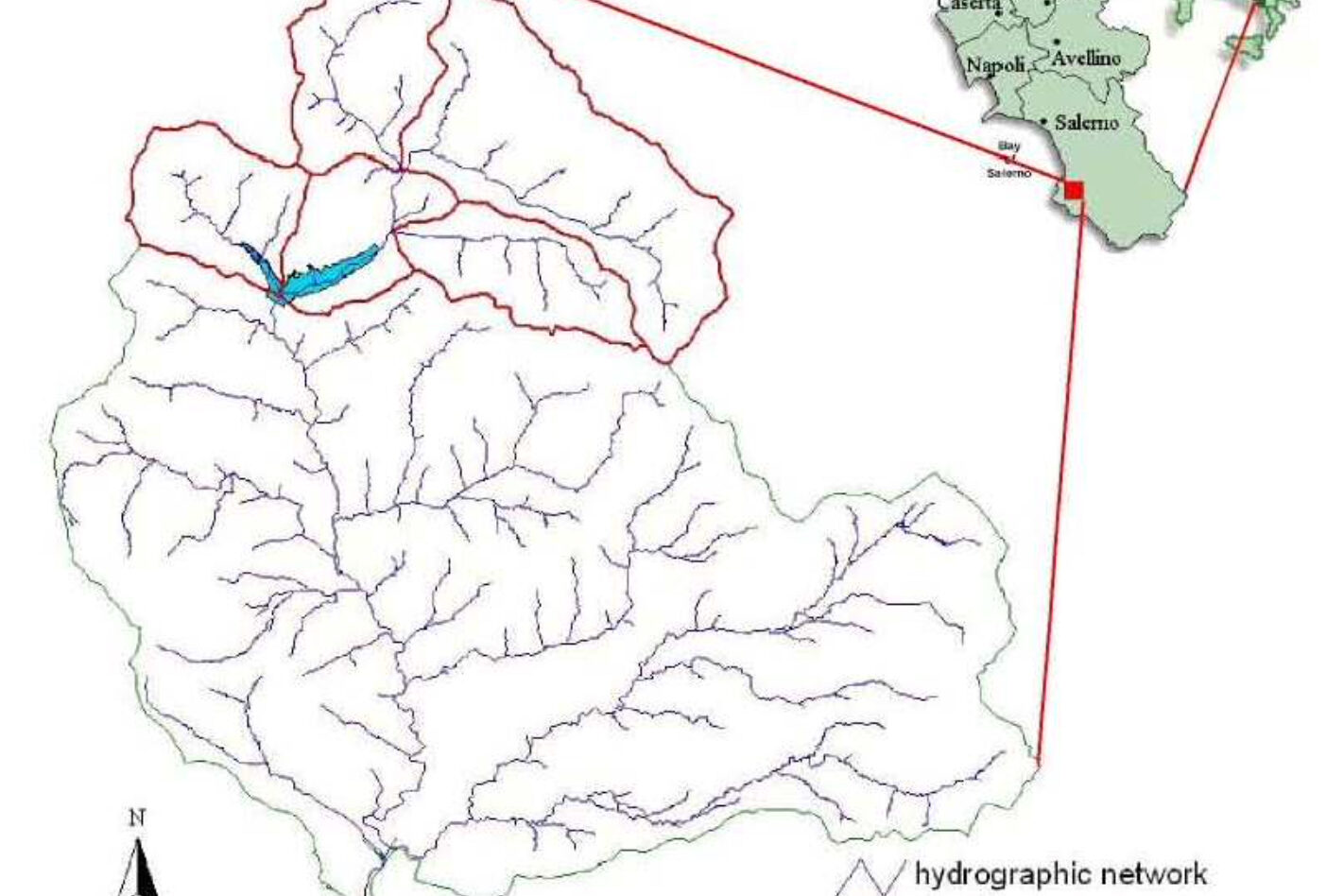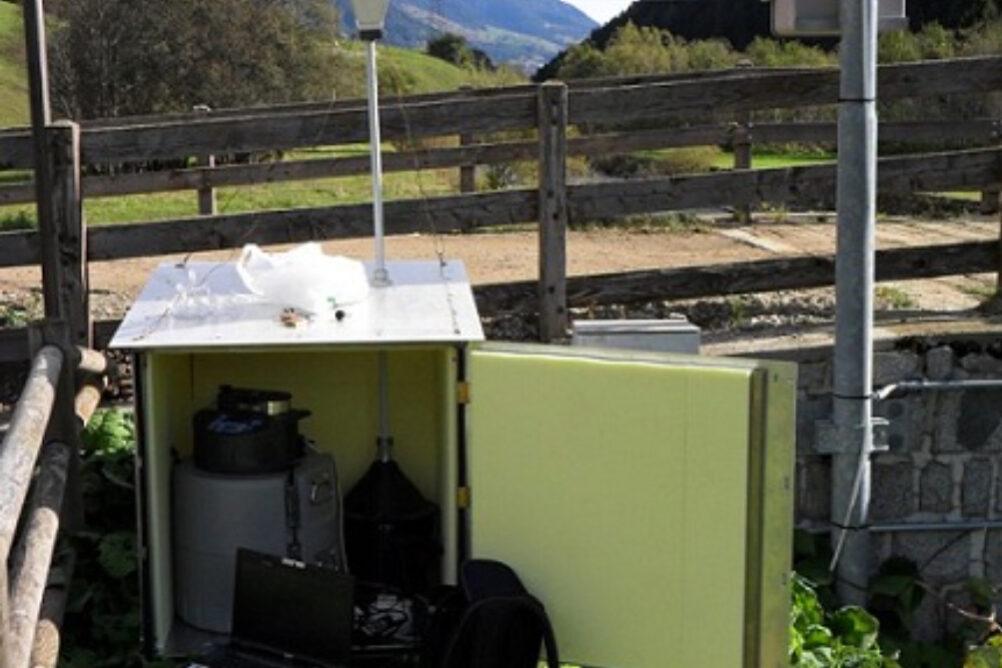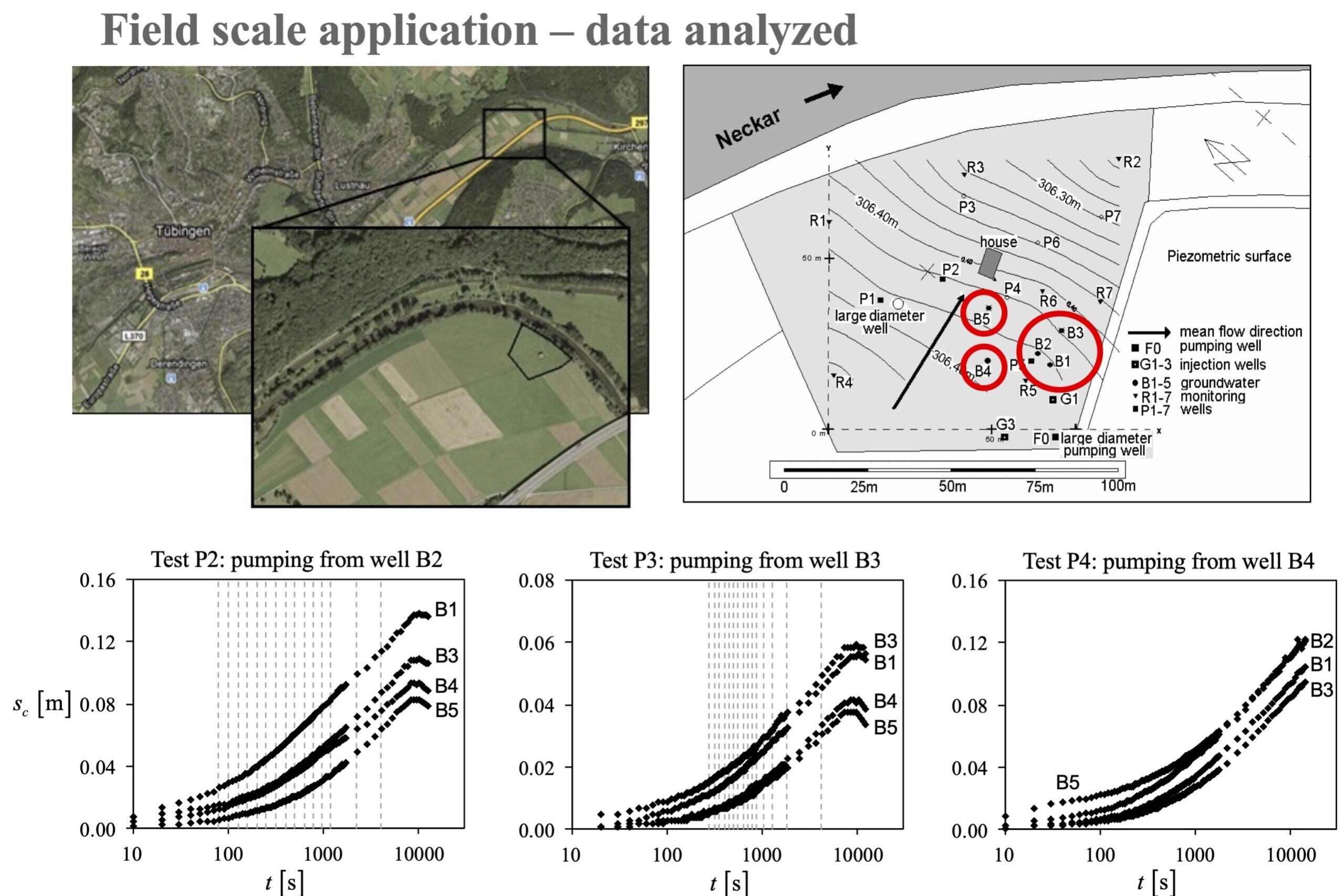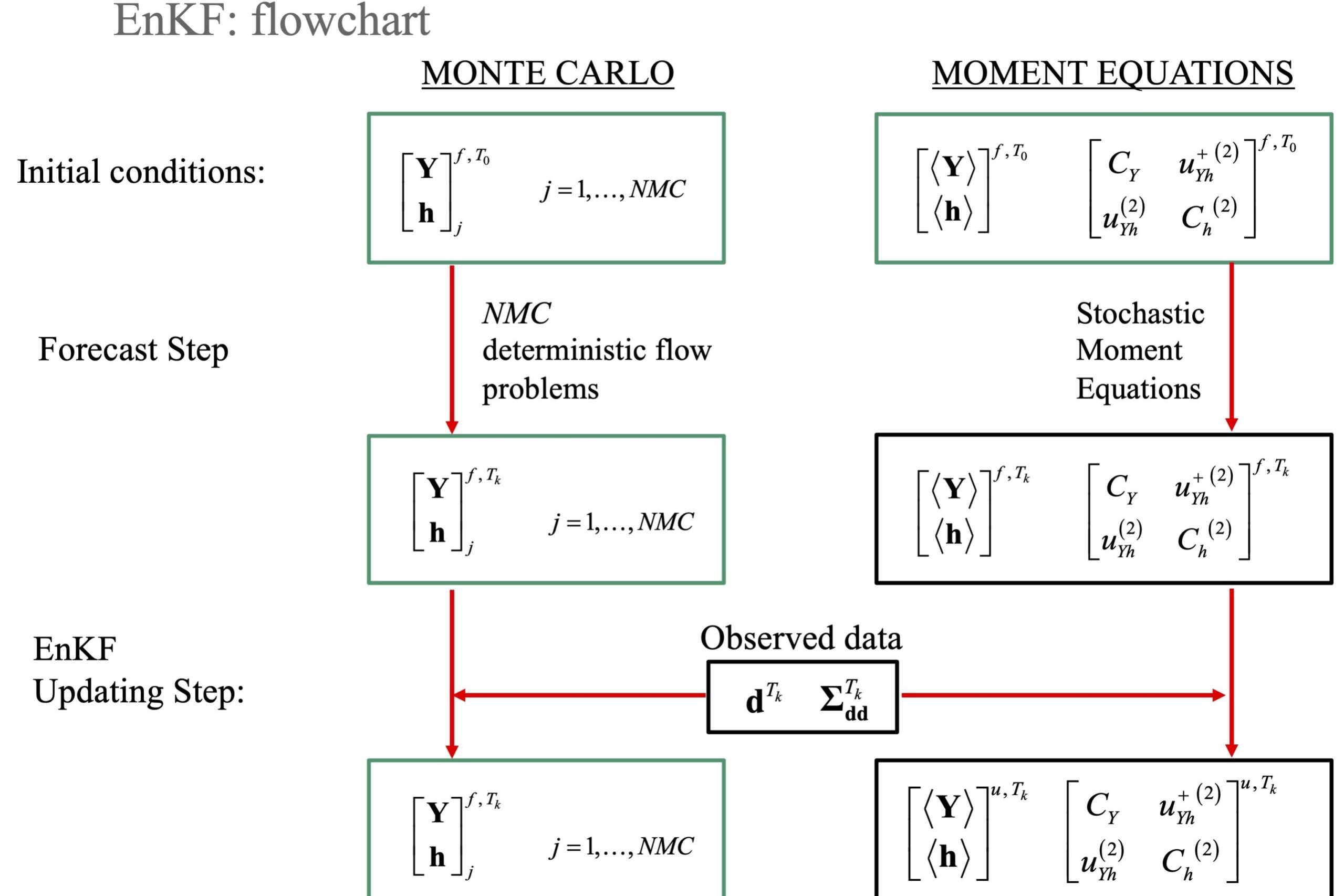- Start date: 2013
- End date: 2015
- Funded by: MIUR
- Topic: Embed interpretive scaling relationships of subsurface parameters within reduced order stochastic modeling procedures of steady-state groundwater flow.
Facing climate change impacts and finding appropriate mitigation and adaptation actions are challenges of pivotal importance owing to the intrinsic scientific value of the research in these fields and the associated costs that actual and future societies should bear because of climate change. Among the sectors where climate change is expected to impact more, water resources are creating major concerns for the prosperity of future generations. The impact of future climate conditions on the hydrological cycle in Alpine and Mediterranean regions is still uncertain, such as fraught of uncertainty are the decisions concerning water resources management, including decisions concerning investments for infrastructures. In addition, novel approaches are needed to support informed decisions concerning optimization of water resources management such as to guarantee their sustainable use in the future and to ensure an even distribution of water resources among different, often conflicting, usages (e.g., agricultural and hydropower production). This research project integrates climate and hydrological modeling to bridge the gap between climate and hydrological scales, which is responsible for the major limitation of current projections of water resources availability. In particular, in this project we develop a novel approach to reduce epistemic uncertainty in hydrological modeling by a combined use of realistic conceptual models, the structure of which is consistent with the underlying physical processes as identified by distributed modeling and field-scale measurements. Complexity reduction techniques will be used to transfer, in a consistent way, knowledge gained by distributed modeling from hillslope to river basin scales. Furthermore, a scaling framework will be developed for hydrological parameters, which allows for reconciling hydrological modeling through scales. The modeling framework is applied to three experimental field sites: the Noce catchment in Trentino Alto Adige, representative of Alpine climate conditions, the Alento catchment in Campania and the Rio Mannu catchment in Sardinia, both representative of Mediterranean conditions. These sites will be used as reference cases to test model assumptions, validate models, apply new geophysical and geochemical techniques to reduce uncertainty in the projection of hydrologic fluxes and transport processes at the mesoscale, which is the most representative scale for water resources assessment and management. The main outcomes of the project are:
- to provide a modeling framework for projecting water resources availability through a consistent framework from climate modeling to mesoscale hydrological modeling, including uncertainty analysis and risk assessment;
- to identify the most important experimental data for calibrating hydrological models and to provide improved data assimilation techniques;
- to reduce the epistemic uncertainty of model outcomes and provide confidence boundary to support decision makers in mitigation actions.
Coordinator
- Università di Trento
Participants
- Politecnico di Milano
- CNR-ISAC
- Università di Modena e Reggio Emilia
- Università di Napoli Federico II
- Università di Padova
- Università di Roma 3





